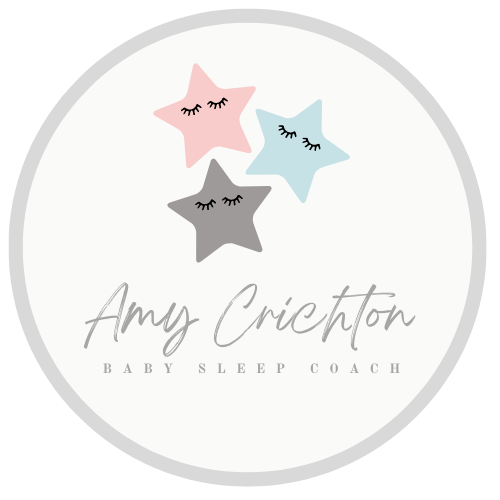You’ve probably heard the term ‘wake windows’ used when talking about baby sleep. As parents, we often find ourselves wondering how to best regulate our baby’s sleep schedules. The concept of wake windows has become more recognised in recent years. But what exactly are wake windows? This blog post will delve into the concept of wake windows, their importance, and how to use them effectively.
Understanding wake windows
Wake windows are the periods when your baby is awake between naps and bedtime. It’s essentially the duration of time that your child can reasonably stay awake before needing to sleep again. The length of these wake windows varies depending on the age of your child. For instance, newborns have very short wake windows—usually around 45 minutes to an hour—while a toddler might have a wake window lasting several hours.
The concept of wake windows is based on the natural circadian rhythm—the body’s internal clock that regulates sleep and wakefulness. By understanding your child’s wake windows, you can help them get better sleep and prevent overtiredness.
The importance of wake windows
So why are wake windows so important? Firstly, they help prevent overtiredness in babies and toddlers. When a child stays awake beyond their optimal wake window, they can become overtired—a state where they’re exhausted but struggle to fall asleep or stay asleep and leading to sleep issues.
Secondly, understanding your child’s wake windows can help establish a predictable sleep schedule. This not only helps your child get adequate rest but also makes it easier for you as a parent to plan your day around their naps and bedtime.
Lastly, respecting your child’s wake windows promotes healthy sleep habits from an early age. It teaches them to recognise their body’s signals for sleepiness and helps set them up for good sleep hygiene in the future.
How to determine your child’s wake windows
Determining your child’s specific wake window requires observation and patience. Each child is unique; therefore, there isn’t a one-size-fits-all approach to this process. However, there are general guidelines based on age groups.
If you would like to know the recommended wake window for your child’s age, then download my free sleep needs chart. It also shows you recommended nap lengths and overnight sleep expectancy.
However do remember this is just a guide. Some children may need slightly more or less time awake between sleeps than others in their age group. That’s why it’s also important to follow your little one’s sleepy cues.
Things like yawning, rubbing eyes, blank stares and starting to get grizzly are all signs it’s probably time to get them to sleep pronto!
Tips for using wake windows effectively
Now that you understand what wake windows are and how crucial they are let’s look at some tips on using them effectively:
1) Watch for sleepy cues: Pay attention to signs that your baby is getting sleepy such as yawning, rubbing eyes or becoming fussy. These cues indicate it’s nearing time for another nap or bedtime.
2) Adjust wake windows gradually: If you notice that your baby seems overtired or undertired consistently at nap times or bedtime, adjust their wakeful periods gradually by about 15 minutes at a time until you find what works best.
4) Be flexible: Remember every child is different so be flexible with adjustments as needed.
Understanding and utilising the concept of wake windows can significantly improve both yours and your baby’s quality of life by ensuring adequate restful sleep periods throughout the day. Remember consistency, observation, gradual adjustments and flexibility are key elements in successfully implementing this strategy into daily routines!

